We were able to raise a lot of money to support the conservation work, but as importantly, if not more so, we got the word out, we got people talking about it, we got people asking about it and for any conservation program that is key. - Stan Searles
Introduction
My name is Tom Romito. I’m a facilitator and I help organizations that want to grow to survive and thrive in today’s competitive economy. During the period of 2003 through 2014, I was the President of the Western Cuyahoga Audubon Society located on the west side of Cleveland, Ohio. I was in the Audubon Society because I’m passionate about the environment and the role of Audubon in the preservation of habitat, birds and other wildlife. Our Audubon Society developed a flagship program called the Important Bird Area Surveys in the Rocky River Valley. As President in 2005, I instigated the project because I wanted our Society to have a conservation project. I was able to marshall about thirty volunteers from the Society to participate in this five year breeding bird survey in the Rocky River watershed. It involved testing, training and leadership. We launched the project in coordination with the Cleveland Metroparks System and began in the year 2006. By 2008, this project had gained some notoriety in Cleveland because it was something new and different that National Audubon Society was doing. One person whose attention this project caught was Stan Searles. My friend Stan Searles was working at the Cleveland Metroparks Zoo at the time, and Stan’s with me now, and he instigated a supporting project with us that helped to raise supporting funds. 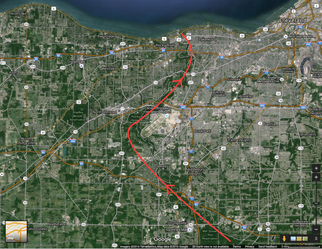 Length of the Rocky River Important Bird Area. Click/tap image to explore the Google map. Length of the Rocky River Important Bird Area. Click/tap image to explore the Google map.
Project Goal: Public Outreach & Education
[00:02:17] Stan, would you please explain what this project was? Stan Searles: Well sure. In this Rocky River Important Bird Area program, one of the things we really needed to do was to get the public involved and interested. Most people don’t know what an Important Bird Area is or even know why they should care. Early on, I had the idea of walking the length of the Important Bird Area which was about thirty-three miles from Hinckley, Ohio to the Rocky River Marina. Walking the length of it on a Saturday for the purposes of raising funds to help support the conservation work and also to get the word out. This is something people would talk about. If they hear someone is going to be walking thirty-two miles for something, people ask, “Why? What is it?” Many people would help us and walk with us. People would meet us five miles from the finish line and finish. One of the key components was getting people to financially support the people that were walking. At the same time the Audubon Society had a number of individuals that were birding in the Important Bird Area. They were being supported by people donating money for every bird species they would find. Doing these two things in conjunction, we were able to raise a lot of money to support the conservation work, but as importantly, if not more so, we got the word out, we got people talking about it, we got people asking about it and for any conservation program that is key. We were very successful, and hopefully these kinds of programs will continue in the future.
Watch the companion video: How Do We Talk About Climate Change? Western Cuyahoga Audubon members Stan Searles and Tom Romito talk about unique factors associated with climate change, key social motivational drivers that catalyze climate change awareness, a global research indicator, and a universal call to connect, learn and support local Audubon activity.
Above: Photos from Western Cuyahoga Audubon Ultra Walks. Learn more.
The Ultra Walk Backstory
[00:03:50] Tom Romito: Stan, thanks very much for explaining the nature of the Ultra Walk. I participated in the Ultra Walk, as you know, I walked many miles alongside you. And you make it sound so easy, Stan, but I want our listening audience to know that the Ultra Walk was not for the faint of heart. When I first did my Ultra Walk, in probably 07’ or 08’, I couldn’t complete the whole thing because I wasn’t physically prepared. I trained for a couple of years before I actually made the full length. Would you take a few moments to describe what it was like to walk the full length of the watershed with a small group of people? How did you motivate us to keep going? Can you tell us about that?
Tom Romito: It sure did Stan! I must say I was highly motivated because I knew it was for the good of the Audubon Society and the good of people who care about habitat in the Rocky River Watershed. #4 Success Factor: Launch a Speaker Campaign I want to add that after the Ultra Walk was over, you and I would spend the next six or nine months going out in the public, talking about this. We did this primarily to Kiwanis Clubs. #5 Success Factor: Recruit Sponsors Over the course of five years, I addressed over twenty-five different Kiwanis Clubs, and you joined me in a lot of those, where we talked to the attendees at the Kiwanis about why we were doing what we were doing, getting donations, and getting sponsors to sign up and come with us. To me, that is what helped the Rocky River Bird Area Project to succeed. Because over the course of five years, Ultra Walk netted about $1,900.00 of revenues for Western Cuyahoga Audubon Society which took care of some of our overhead expenses doing this breeding bird survey. 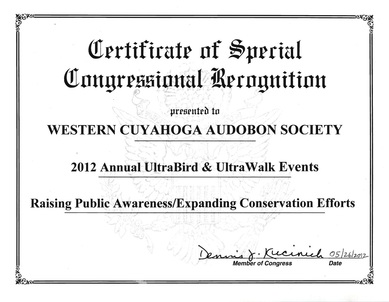 Certificate of Special U.S. Congressional Recognition Certificate of Special U.S. Congressional Recognition
So Stan, I think that the legacy of what you and I did during this time period of basically 06’ to 012’ by the time it was all wrapped up, is that Western Cuyahoga Audubon Society is recognized as a “go-to” organization by other environmental groups that want to know how to publicize what they’re trying to do.
#6 and More Success Factors: Vision, Develop and Engage I always tell them, when I address groups, is that you have to have a vision. This was a vision that we developed, we got people to support, and that we achieved because it was so important to nature. Campaign Success: Public Education & Engagement [00:08:10] Stan Searles: I agree with all that and fundraising is critical. It costs money to do conservation work. As you mentioned, the key thing is getting the public involved, getting the public aware. Most people don’t know what an Important Bird Area is. On the whole issue of climate change, most people just don’t know anything about it. They have to be made aware. Generally, people don’t want to do harmful things to where they live, they don’t want to do harmful things to their community, they have to be taught and people have to connect to what is harmful and what is beneficial. Generally, people will do that and our job is more, as much environmental educators, as anything else.
The Western Cuyahoga Audubon Ultra Walk is a fundraising model for conservation projects. Questions? Add your story in the comment box below. We'd like to hear from you!
Download Ultra Walk: A Successful Model of Public Engagement for Habitat Conservation
Make A Donation to Western Cuyahoga Audubon. Your gifts guarantee chapter activities, programs and research continues to reach members and connect to birding conservationists around the world. Use our safe and secure PayPal payment button below to make a donation of any amount you choose. All donations are gratefully received.
Comments
|
Story BlogThe Feathered Flyer blog publishes human interest stories about birding and habitat conservation. After watching, ‘My Painted Trillium Quest' by Tom Fishburn, Kim Langley, WCAS Member said, “Wonderful! It was a lift just knowing that such a site exists and is being protected!”
Media LibrariesQuarterly NewsletterSTORIESPodcastsWCAS is a proud member of The Council of Ohio Audubon Chapters (COAC) and promotes chapter development by sharing the best practices, brainstorming solutions to common problems, and building relationships in workshops and retreats. Subscribe
VideosYouth
Advocacy
Clean Energy
Reporting
Awards
Volunteerism
Take ActionResourcesBlogsArchives
October 2023
Categories
All
|
EDUCATENews Blog
Monthly Speakers Field Reports Bird Walk Reports Christmas Bird Count-Lakewood Circle Media Library Newsletter Archive Education Resources STORE |
Western Cuyahoga Audubon Society
4310 Bush Avenue Cleveland, Ohio 44109 [email protected] Western Cuyahoga Audubon Society is a 501(c)(3) nonprofit organization. Your donation is tax-deductible. The tax ID number is: 34-1522665. If you prefer to mail your donation, please send your check to: Nancy Howell, Western Cuyahoga Audubon Treasurer, 19340 Fowles Rd, Middleburg Hts, OH 44130. © 2020 Western Cuyahoga Audubon Society. All rights reserved. Privacy Policy | Terms of Use | Legal | Store Shipping Rates | Site Map |

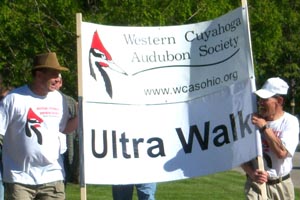
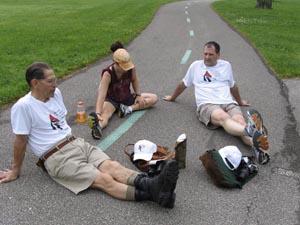

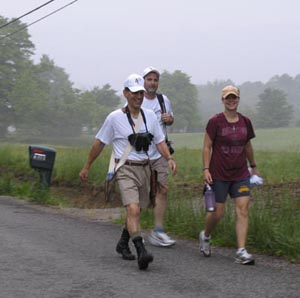






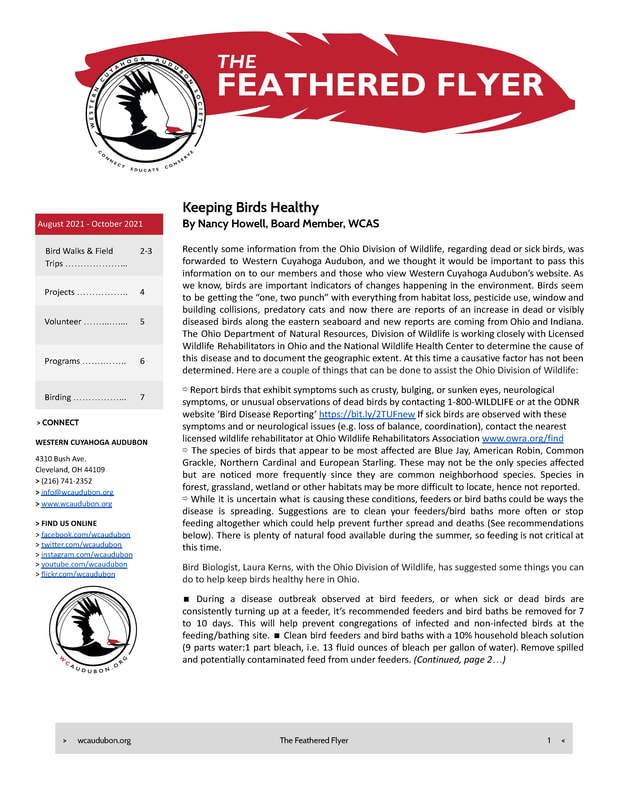
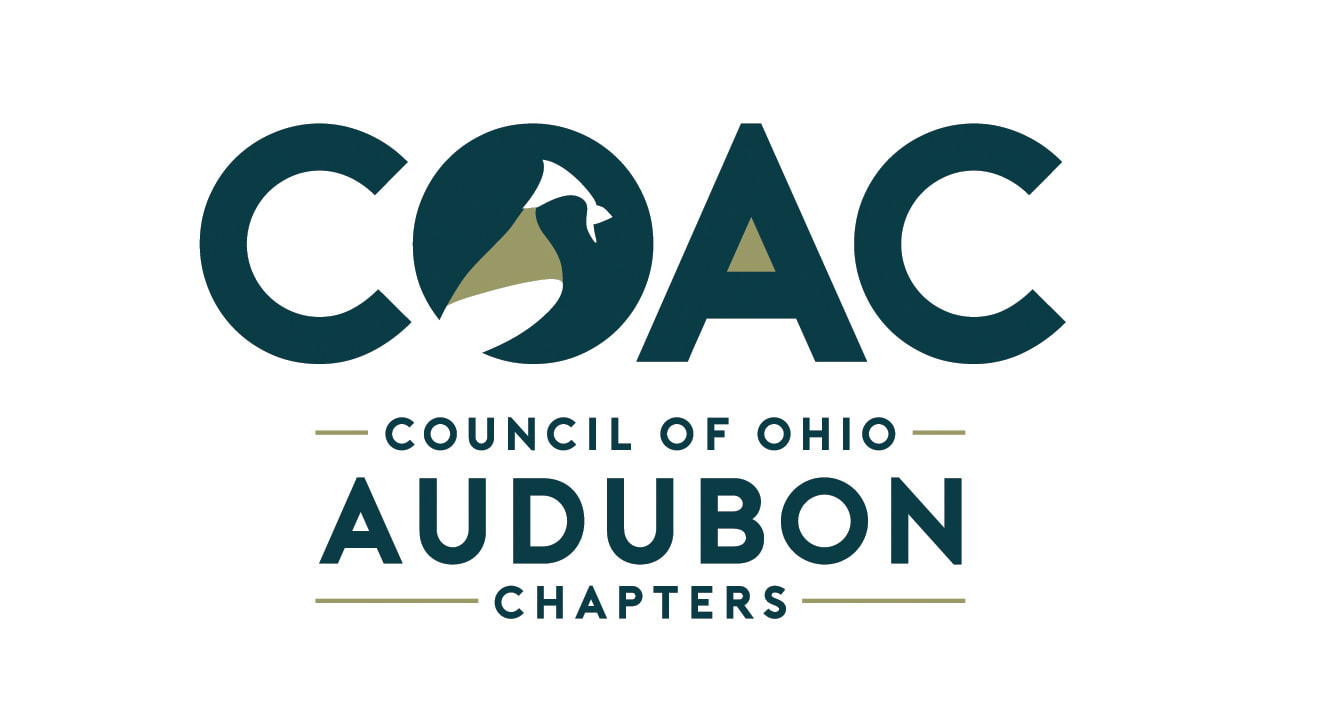
 RSS Feed
RSS Feed

